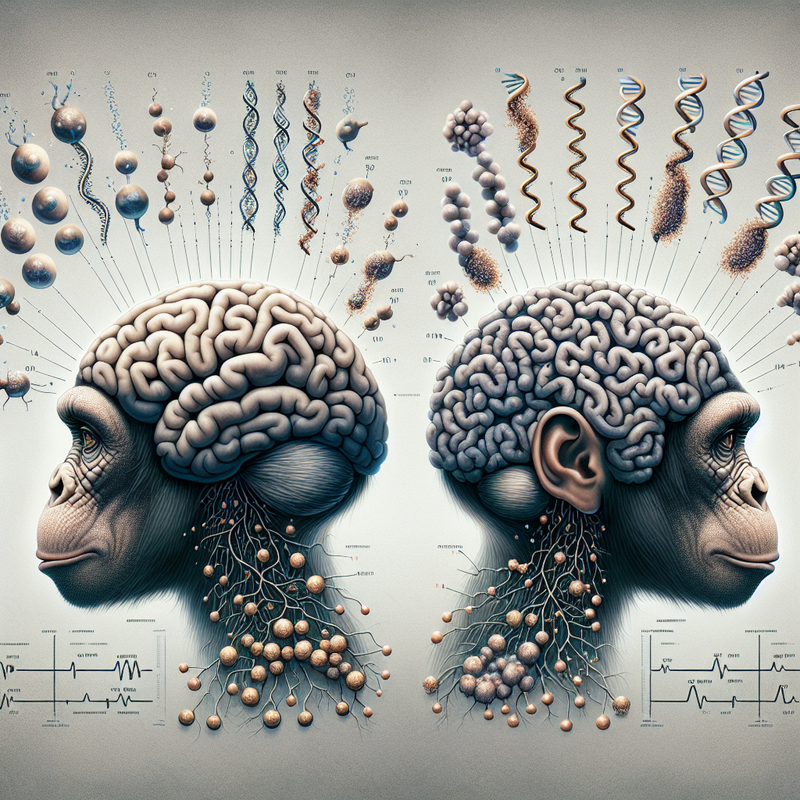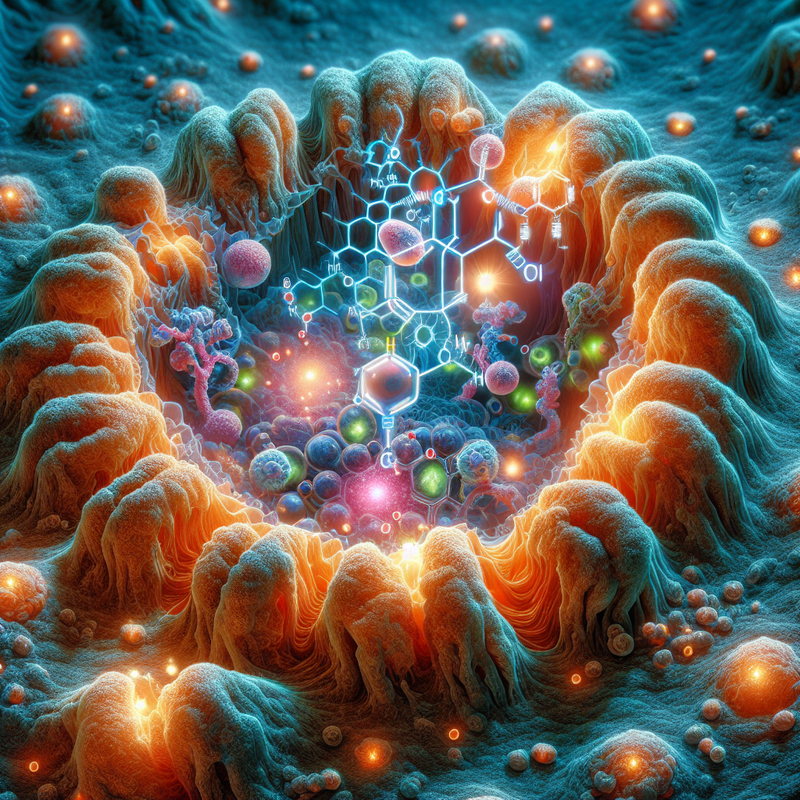A Recent Investigation by Yale Sheds Light on the Divergence in Human Brain Evolution via Genetic Analysis
Researchers from Yale University have unveiled a trailblazing study that delves into the genetic shifts that underpin the evolution of the human brain. This study zeroes in on a vitally important group of genetic regulators.
Detailed in the scientific periodical Cell, dated January 30, 2025, the team studied what are known as Human Accelerated Regions (HARs). These genetic sequences, crucial to the regulation of genes through evolutionary history, showed that these regions refine the activity levels of genes that humans share with chimpanzees rather than controlling entirely different genes. These minute adjustments to gene activity affect the formation, growth, and connectivity of neurons.
Sophisticated Methods Lead to Discovery of Most HAR Gene Interactions
Yale’s evolutionary geneticists made a substantial stride using advanced genomic analysis techniques, obtaining an unprecedented insight into the interaction of HARs within neural stem cells of both humans and chimpanzees. This enabled them to pinpoint almost 90% of gene interactions directed by HARs, which is significantly higher than the previously determined 7 to 21% attributed to historical, less sophisticated techniques.
Lead investigator, James Noonan, the Albert E. Kent Professor of Genetics at Yale School of Medicine, expanded on the study’s findings: “The research highlights that HARs primarily influence the same genes across both species, especially those tied to brain development.” Noonan shed light on the importance of these insights, indicating that “Although the HARs manage gene activity in different ways within humans, these evolutionary advancements in brain functionality seem to stem from altered outputs in established genetic networks, rather than the creation of new genetic routes.”
The identification of HAR-governed genes that play a role during human brain development lays the foundation for future exploration of various neurological disorders, such as autism and schizophrenia. Noonan underscored the significance of how the study illuminates new paths to understand the genetic elements that have sculpted the distinct cerebral evolution of humans.
Atreyo Pal, a graduate student in genetics at Yale and the study’s primary author, corroborated the expanded research horizon presented by the study, hinting at potential influences on brain size and the intricate workings of cognitive functions.
The full study is entitled, “Resolving the three-dimensional interactome of human accelerated regions during human and chimpanzee neurodevelopment,” and is accessible in Cell’s collection at DOI: 10.1016/j.cell.2025.01.007.







